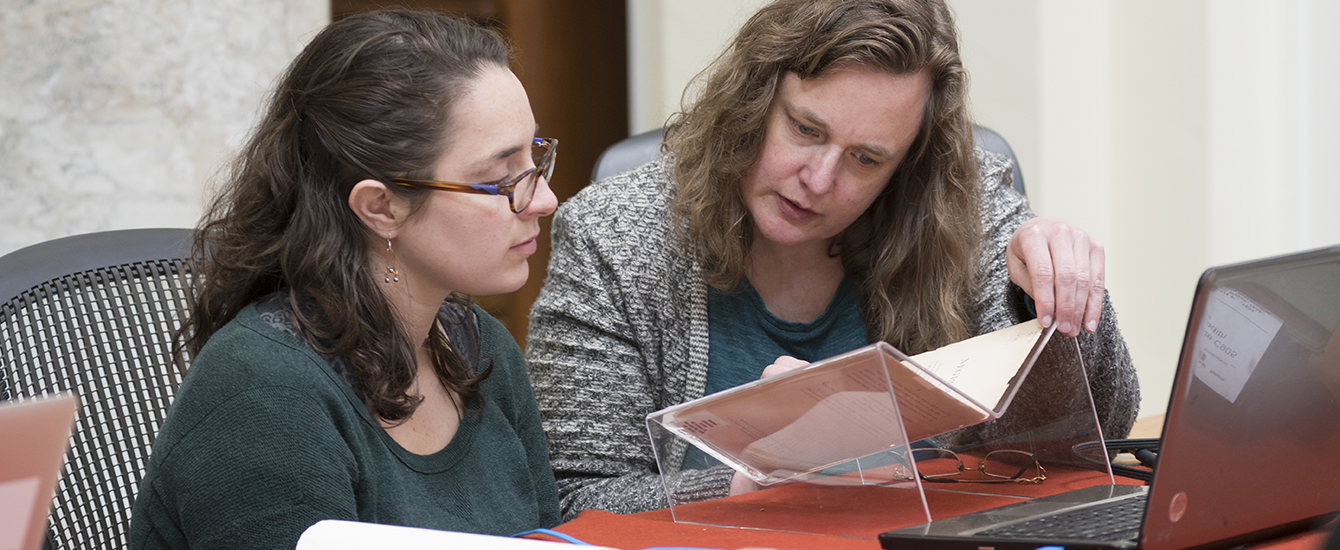
English
Introduction: Inclusion Is Hard, or Collaborating in Crip Time
Document Type
Book Chapter
Abstract
Part of the Palgrave Shakespeare Studies series.
The old cliché about Hamlet is that it starts with the question of identity (“Who’s there?” [1.1.1]). Of course, the titular character spends most of the play running around in a state of (teenaged?) angst about his identity.1 His identity in flux includes paradoxes: he manages to be both punningly wise (“I know a hawk from a handsaw”) and potentially mad (“to put an antic disposition on”), both hesitant (“to be or not to be”) and viciously active (“not shriving time allowed”), he is in the clouds and also “too much in the sun” (2.2.379; 1.5.172; 3.1.55; 5.2.47; 1.2.67).2 If the world of the play represents a functioning social system (debatable), Hamlet’s identity breaks the system. In my experience, having a disability is a little like that. In fact, individual identity is often the thing that breaks the systems (even the ones that were already secretly broken when we found them). For example, almost everything in the world is designed for an imagined able-bodied/neurotypical human. This inevitably means that most things in the world were not designed with me (an autistic woman) in mind. Actually, any identity outside of what is falsely assumed as the “normative” or “majority” default tends to break various social systems. This book is about inclusion, so it is also about identity, about the unique places we come from and the life experiences that help make us into the people we are. © The Author(s), under exclusive license to Springer Nature Switzerland AG 2023.
Publication Title
Inclusive Shakespeares: Identity, Pedagogy, Performance
Publication Date
2023
Volume
F1702
First Page
1
Last Page
21
Keywords
William Shakespeare, inclusivity, identity, criticism, theatre, literature, performance
Repository Citation
Loftis, Sonya Freeman; Philippian, Mardy; and Shaw, Justin, "Introduction: Inclusion Is Hard, or Collaborating in Crip Time" (2023). English. 1.
https://commons.clarku.edu/facenglish/1


